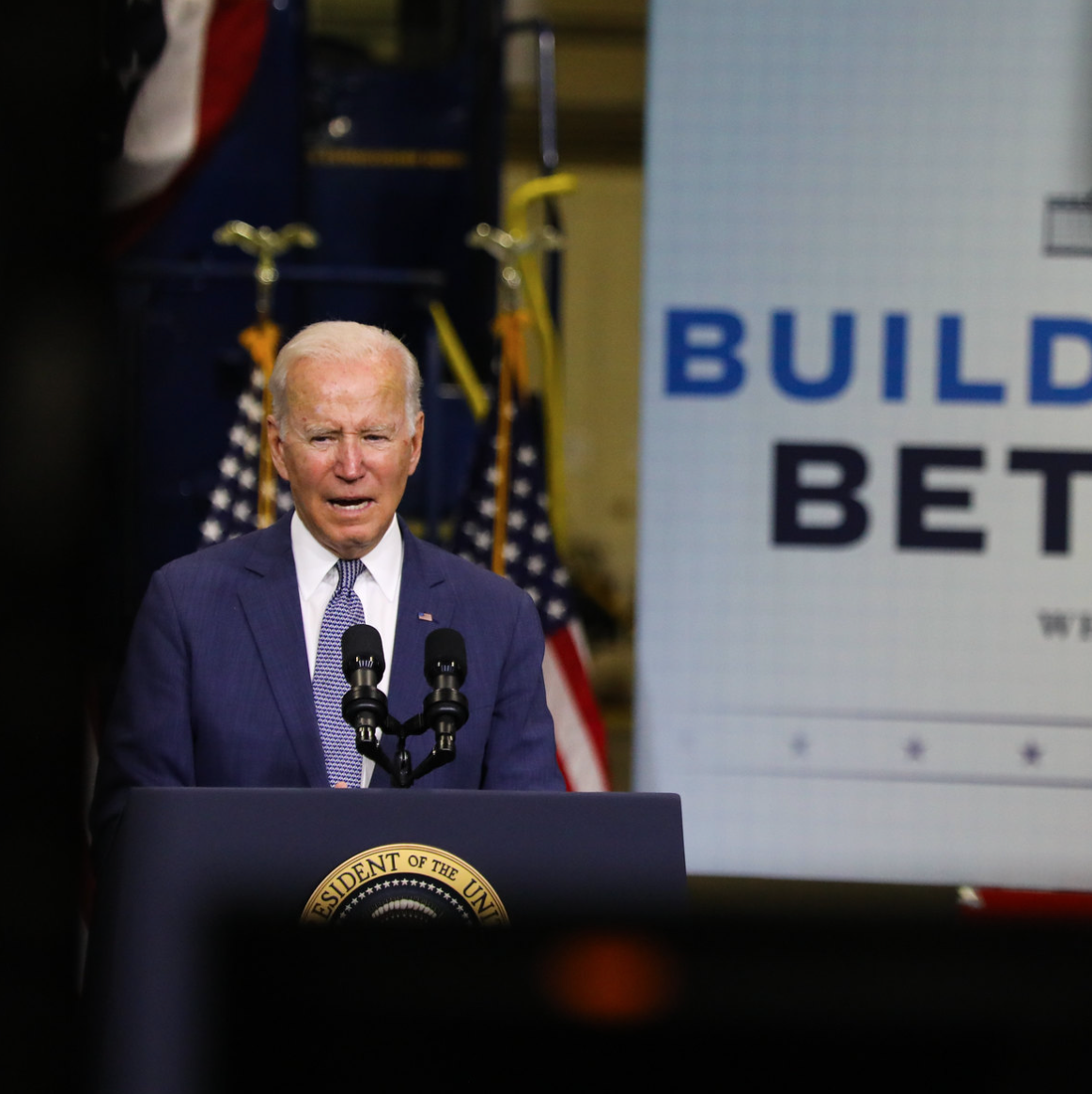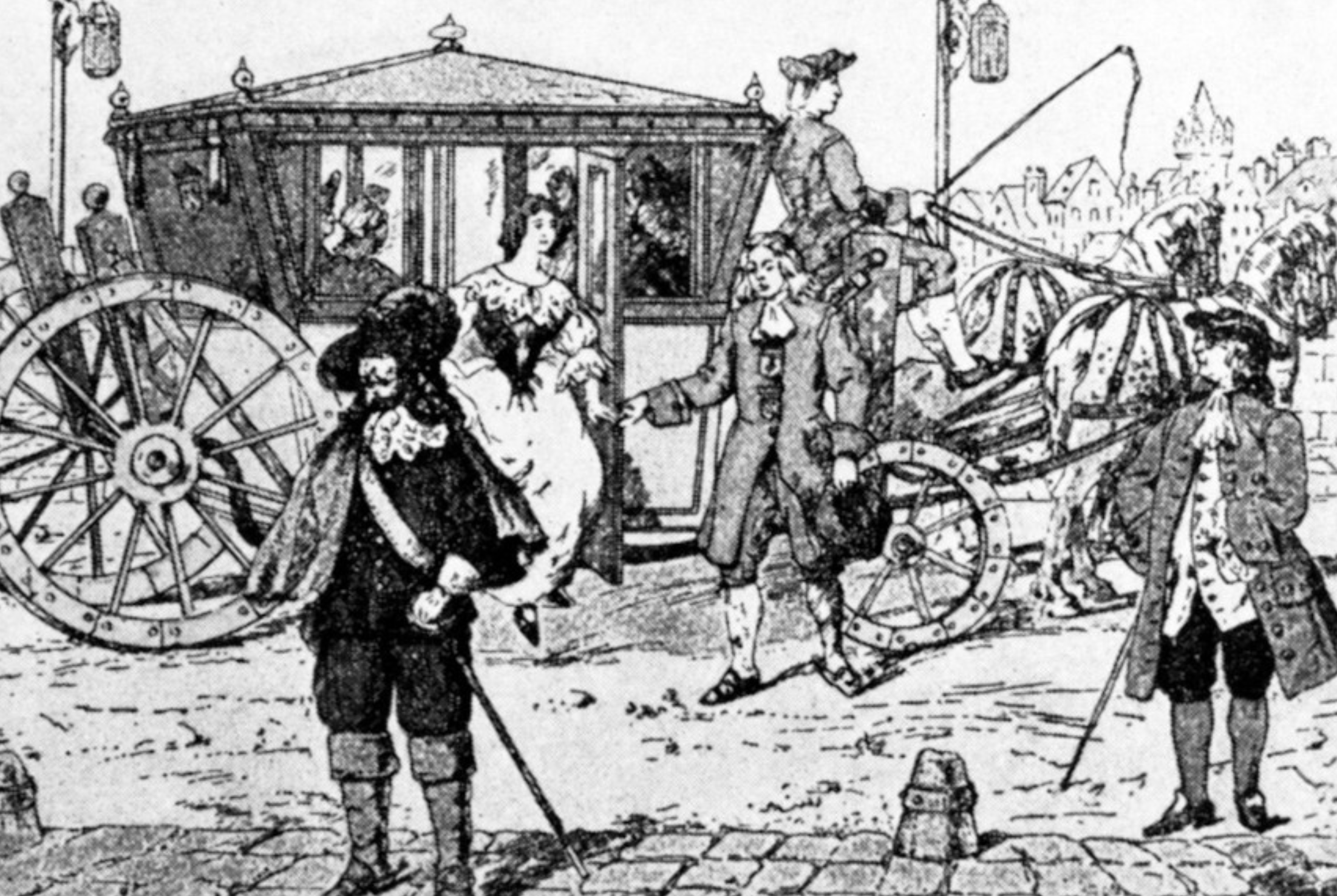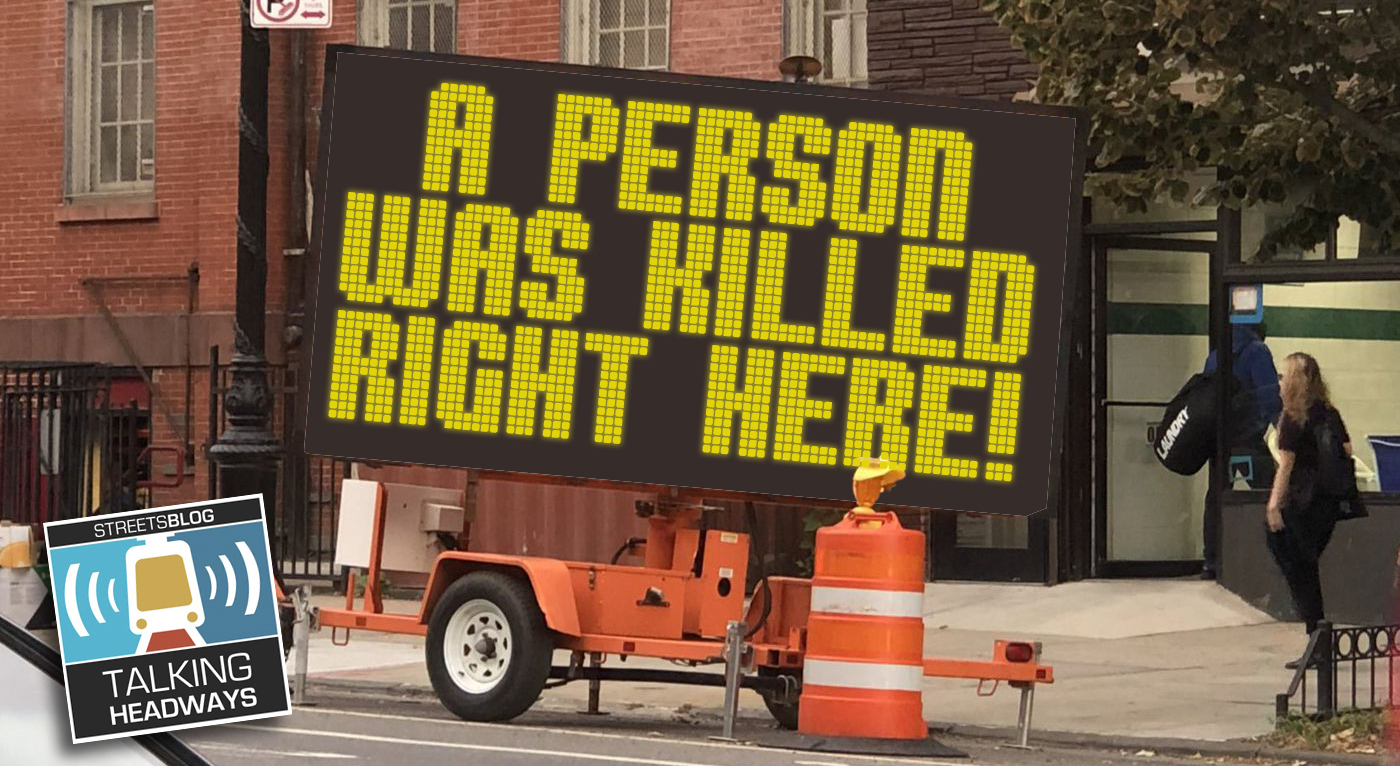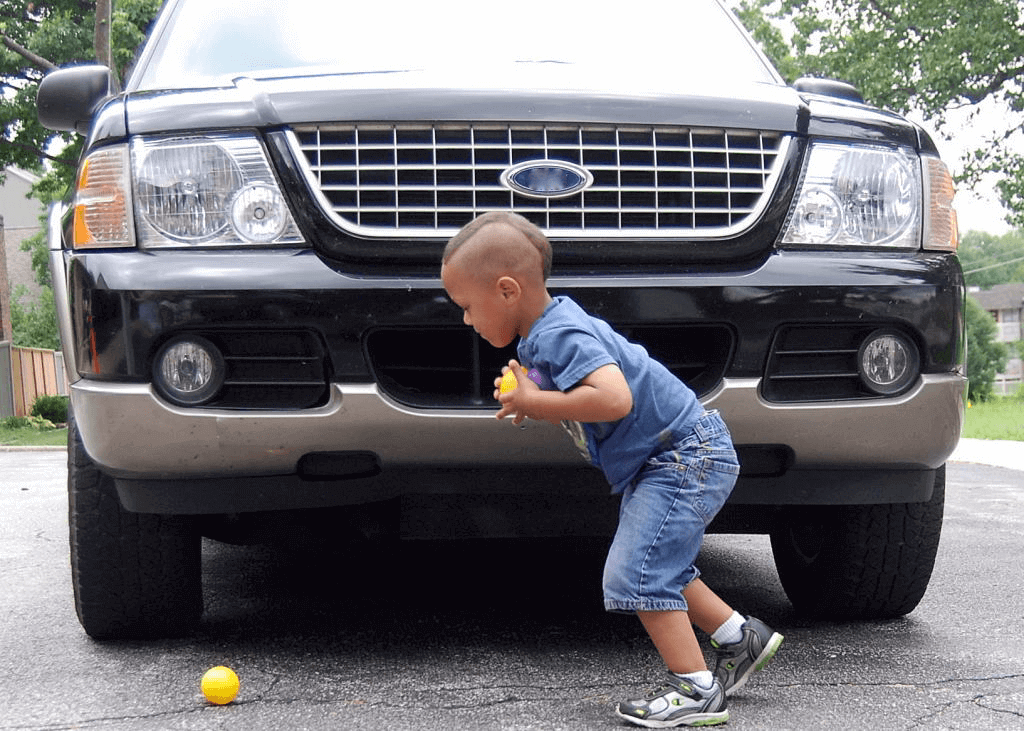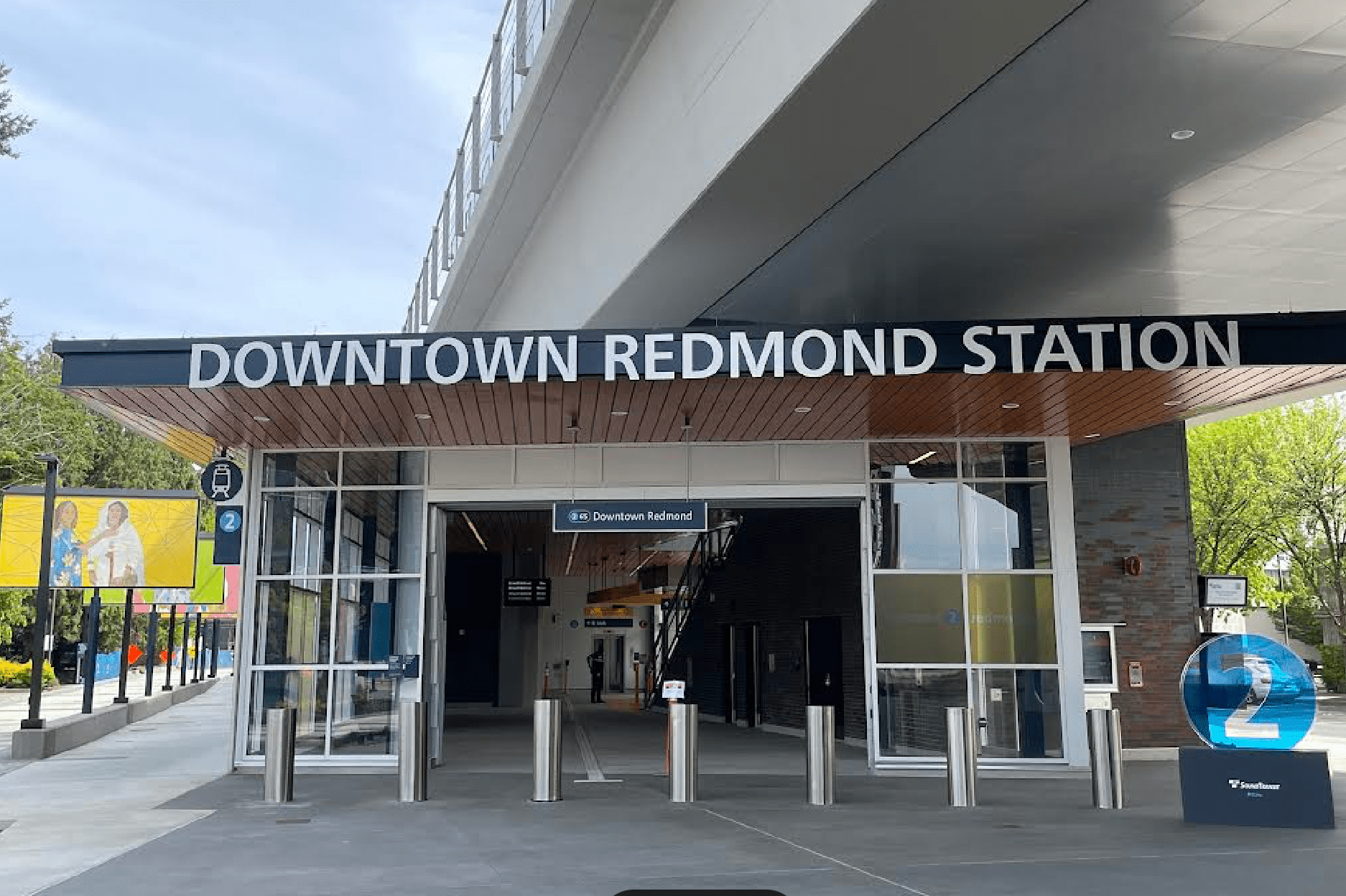Active transportation advocates are celebrating modest but potentially powerful new policies in the newly passed $1.2-trillion infrastructure bill — and pressing for the passage of its companion bill, which they say will boost safe infrastructure even more.
Much of the initial dialogue about the so-called Infrastructure Investment and Jobs Act rightly focused on the bill's disappointing ratio between transit and road spending, a $39-to-$110-billion split that critics say reinforces an auto-dominated status quo while still enabling states to build new highways without fixing the ones that they already have.
The infrastructure bill passed last Friday and it invests heavily in continuing many of the same problems it aims to repair. This new illustration for T4America by visual artist Jean Wei sums it up: If you’re in a hole, stop digging. pic.twitter.com/lRaAhvp38s
— Transportation for America (@T4America) November 8, 2021
By Monday morning, however, advocates had found some good news, particularly when it comes to its provisions around active transportation safety. Here are some of the most newsworthy bits:
Active transportation infrastructure and policy
IIJA provided a few small wins for people who walk and roll on U.S. streets — but advocates hope their impact will inspire bigger change in time. They include:
- A 70-percent boost to roughly $1.44 billion a year for the "transportation alternatives" program, which funds sidewalks, bike lanes, off-road trails, and other active infrastructure — an amount that's still dwarfed by highway spending, but represents a promising step in the right direction.
- A new competitive grant program that will provide another $200 million a year to connect active transportation infrastructure to plug gaps in existing networks sand improve access to essential destinations
- Another $200 million a year for the new Safe Streets for All program, which will fund Vision Zero projects throughout the U.S.
- A further $200 million a year for the Reconnecting Communities pilot program, which will address the damages caused to BIPOC and low-income communities by the interstate highway system in a number of ways, including projects that promote active modes like pedestrian bridges and highway removals
- A new requirement for states to devote 15 percent of their Highway Safety Improvement Program dollars to saving vulnerable road users' lives if vulnerable road users make up 15 percent of their roadway deaths or more — a move that will impact nearly all coastal communities and a handful of upper midwestern states, too
- A revision of federal crash reporting standards to better capture the causes of the pedestrian death crisis, including new provisions to better incorporate hospital data into federal stats, rather than just police data
Just a little good news to start your weekend. Our thanks to the many thousands of advocates who made these investments for better biking possible. While it may feel like small victories, this will enable big changes for a better, bike-ier future. https://t.co/2ez5U73oC5
— League of American Bicyclists (@BikeLeague) November 6, 2021
Public health leaders offered particularly fervent praise for the bill, which they said make the healthiest modes accessible to more Americans.
"[This bill] will be vital in making bicycling, walking, rolling and taking transit safer and more accessible," the American Heart Association said in a statement. "Investments in the bill will provide valuable and affordable choices to develop or maintain an active lifestyle across the country, particularly in historically disadvantaged communities."
Of course, those modest wins for active road users were dwarfed by investments into roadway infrastructure, which promises to widen roads for drivers at the same time as cities break ground on all those new mobility lanes. The trails community, in particularly, was disappointed by a new rule which will subject much of the country's off-street biking and walking networks to the annual appropriations process, rather than guaranteeing its own dedicated fund.
“While the infrastructure bill does not equal the broadly transformative approach of the House transportation bill passed earlier this year, we can’t overlook that the increased funding and new connectivity grants represent a major step forward for America’s active transportation policy, especially when paired with new programs in the [forthcoming] Build Back Better Act,” said Kevin Mills, RTC’s vice president of policy.
Motor vehicle safety
Every bike lane and sidewalk has to end somewhere — and the infrastructure package makes some moves to ensure that the vehicles that vulnerable road users might meet there will be at least a little safer for those around them, such as requiring automakers to:
- Install still-to-be-determined impaired driving technology on all new cars, such as alcohol detection systems that use sensors to determine whether a driver is drunk and then prevent the vehicle from moving
- Update headlamp standards that experts estimate could prevent up to 25 percent of crashes involving pedestrians after dark when the majority of walking fatalities happen
- Provide information to car-buyers on how dangerous their vehicles are likely to be to a pedestrian in the event of a crash as part of the New Car Assessment program (though that won't actually prevent such dangerous cars from being sold)
- Include forward collision warnings, lane departure warnings, and automatic emergency breaking technology in the largest trucks on the road and passenger cars (though advocates pointed out that the technology can't yet reliably detect and respond to pedestrians, bicyclists and other vulnerable roads users, and the requirement doesn't push automakers to accelerate the development of better tech)
- Install warning systems to remind parents not to leave babies and children inside hot cars (though advocates say that the standard doesn't include child detection technology, which will make it less effective at preventing tragedies)
- Mandate driver monitoring technology to prevent distracted driving (but only if federally mandated research "proves" it's necessary first).
The bill will also require NHTSA to study the feasibility of new hood and bumper standards that are less fatal to a vulnerable road user in the event of a crash, which could spell the end of the megacar if those standards include simply lowering acceptable bumper heights below the average pedestrian's head and neck level. But there's no guarantee that it will, and the legislation doesn't specify that automakers must comply with the new standards anytime soon.
@SafeRoadsNow Pres. Cathy Chase: "While we welcome the inclusion of provisions aimed at reversing the deadly motor vehicle crash trend, prompt action must be taken on comprehensive, commonsense and confirmed solutions to steer our nation toward zero crash fatalities." https://t.co/l3cZBZ4q0E
— Advocates (@SafeRoadsNow) November 6, 2021
That mixed bag of news was, unsurprisingly, met with mixed responses from advocates.
Reactions were particularly positive among organizations like Mothers Against Drunk Driving, whose spokespeople applauded the new impaired driving technology standards as "the single most important legislation in terms of lives saved in [the organization's] 41-year history." MADD National President Alex Otte added that, "This vote is monumental because it will virtually eliminate the No. 1 killer on America’s roads. ... Existing technologies and those in development will stop the hazardous driving behavior of people who refuse to make the right choice themselves."
Advocates for safe roadway systems more broadly, though, were disappointed with some of the caveats in the bill. Most of the new vehicle safety standards will take two to five years to implement, and some maintain troubling exemptions, including a failure to require automatic emergency braking systems on mid-sized commercial vehicles.
"While this legislation makes some incremental improvements, it did not go far enough," said Amy Cohen, co-founder of Families for Safe Streets. "Exempting small and medium trucks from the requirement to have automatic emergency braking is an unconscionable travesty. My son, Sammy, was a pedestrian when he was struck by a commercial cargo van on our street and automatic emergency braking may have saved his life."
More to come in Build Back Better
Despite the disappointments in the latest infrastructure bill, advocates remain cautiously optimistic that it will at least lower America's roadway death toll a bit — especially if the most important measures in its companion bill make their way through the gauntlet of intraparty negotiations.
Many of the most important climate provisions in the Build Back Better Act, after all, could easily double as road safety funding, including:
- The $9.75-billion Affordable Housing Access program, which, while widely assumed to bolster transit, also lists active transportation connectivity projects among its eligible activities
- The $3.95-billion Neighborhood Access and Equity grant program, which will complement Reconnecting Communities by funding a broader range of reparative projects in communities harmed by highways, including active mobility initiatives
- A $5-billion Community Climate Incentives program, which will disincentivize states from building more infrastructure for drivers
- The first-ever federal e-bike credit (if advocates succeed in keeping it in the bill)
If those critical policies can make their way into law, advocates are hopeful that U.S. roads will be a lot safer in the years to come — and if they don't, some optimists say the Infrastructure Investment and Jobs Act is already a pretty good start.
"With the number of traffic fatalities going up, not down, this legislation gives states access to substantially more federal grant funds to stop dangerous driving and improve safety infrastructure," said Jonathan Adkins, executive director of the Governors Highway Safety Association. "We look forward to ... advanc[ing] our goal of zero fatalities, so every road user arrives at their destination safely."
